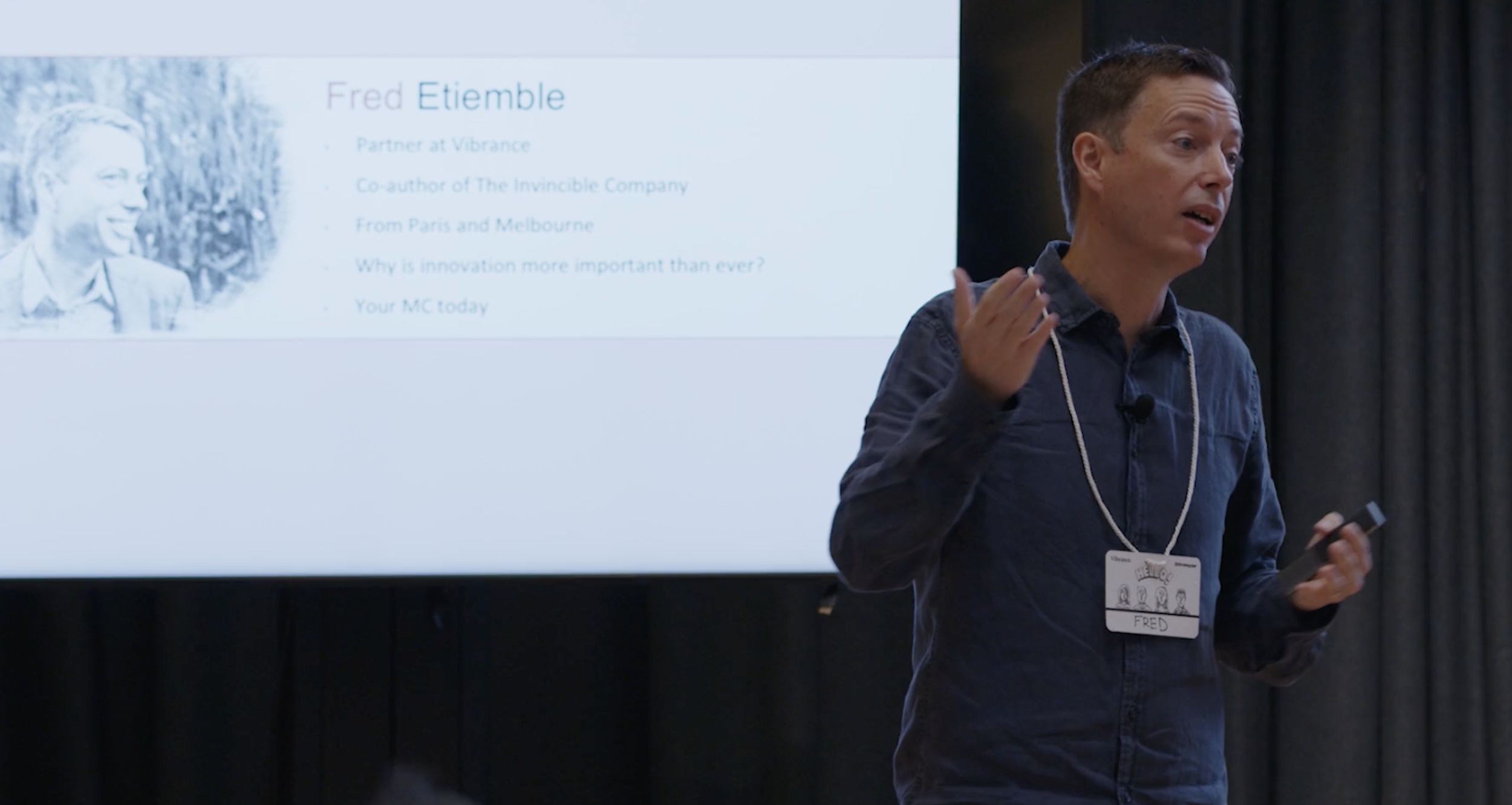Do not let fear of failure stifle corporate innovation
For leaders aiming to build a sustainable innovation capability, there will be many obstacles along the way, none more difficult to overcome than employees with a deeply rooted fear of failure.
In this blogpost I want to highlight a few simple ideas that can go a long way to reducing the fear of failure in organisations. Tackling that challenge will require first a deep awareness of the problem and then the use of two simple frameworks to help anyone within an organisation - including innovators and intrapreneurs - identify where and when failure would be safe.
Problem Awareness
Recently, the Head of Innovation in a large organisation shared with me that fear of failure was the number one problem that employees had highlighted in the latest culture survey. “Most of our people don't view failure as an opportunity to learn and improve, and don’t feel safe to fail” she told me. That was the biggest blocker she had to resolve if she was to move the needle on the organisation’s innovation capability.
This deep awareness of the problem and its importance is of course the required first step to resolve it. Now what could she do to overcome this deeply rooted fear of failure within her colleagues?
Should we celebrate failure?
I feel like we’ve heard a million times that we should accept failure to succeed, i.e., that failure is a step on the way to success. One of my sports heroes from the 90ies said it really well.
“26 times I have been trusted to take the game winning shot and missed. I have failed over and over and over again in my life. And this is why I succeed.” Michael Jordan
But should we really accept the invitation to fail? Is it relevant for us innovators and employees in large organisations?
To take a concrete example: Can Bob from Finance fail 26 times at completing the monthly closure? And if he does, is it a good idea for the organisation to let Bob manage the monthly closure?
Probably not, right?
Still, we’re inundated by this invitation to fail, and not only by sport heroes. Startup founders, the business heroes of our era, some of them now at the helm of the largest organisations on planet Earth have also been inviting us to move fast and break things.
So “fail fast and celebrate failure” is the mantra on everyone’s lips nowadays.
But as my mother-in-law was due for an eye operation at the time of this writing, I reflected on the fact that I really didn’t want the eye surgeon to fail fast. And in the event that the operation would fail, the thought of the surgeon celebrating failure felt both absurd and obscene. Instead, I wanted him to plan the surgery thoroughly and execute it meticulously.
So, is this it then? Is celebrating failure a false promise and managerial dead-end in our large private and public organisations? Should we focus on preventing and punishing failure instead?
Should we prevent and punish failure?
But then I thought of Glitch.
Glitch was a game developed under the leadership of Stewart Butterfield. Glitch was officially launched on September 27, 2011, but reverted to beta status on November 30, 2011, and was then officially shut down on December 9, 2012.
Without a doubt, Stewart Butterfield wasted a lot of money, time and effort on this failed video game. Some of it was his own, but some was also other people’s money, time and effort.
So, should Stewart Butterfield’s failure with Glitch be prevented and/or punished?
Before you jump to answer that, let me tell you another story. The story of Slack, and how it started. Slack began as an internal tool for Stewart Butterfield's company, Tiny Speck… during the development of Glitch. Slack was then launched to the public in August 2013 and contributed to transform the way large organisations communicate and collaborate internally and with their ecosystem of partners.
With this additional context I hope you’ll agree with me that it would make no sense to prevent or punish any “failure” such as Glitch.
The EXPLORE and EXPLOIT continuum
So, if it’s sometimes absurd to celebrate failure and if it doesn’t always make sense to prevent and punish failure either, how should you know when to “fail fast and celebrate failure” and when to “prevent and punish”?
Here again, the EXPLORE and EXPLOIT framework can help us navigate the situation more clearly and know whether we should celebrate failure as learning on our path to design and test new products and services or punish it as a consequence of poor planning and execution.
For more background on the EXPLORE and EXPLOIT framework you can watch this short video.
In summary, for innovation to thrive, we need to have two different operating models that will deal with “failure” radically differently:
In EXPLOIT, our operating model should prevent and sanction failure.
In EXPLORE, accepting and celebrating failure, as learning is the key to unlocking innovation and value creation.
As I was introducing the simple "Explore and Exploit” framework in the organisation where fear of failure had been stifling corporate innovation, I could witness their enthusiasm as they realised that it could help them create a common language, an increased awareness of where failure is safe and ultimately contribute to reducing the fear of failure in their innovation activities.
In the conversation that followed, an interesting question came up though. “What about EXPLOIT?”, someone asked. “What could we do to also reduce the fear of failure in our core business operations?”
One-way vs. Two-way doors
That was of course a great question as fear of failure in that organisation was not limited to their EXPLORE activities. And there’s another simple framework that can help with reducing fear of failure in core business operations as well. It’s the type 1 “one-way door” and type 2 “two-way door” decision-making framework popularised by Jeff Bezos in Amazon.
This framework tells us that type 1 decisions are like one-way doors, difficult to reverse, requiring careful consideration. Failure would have serious consequences so it's critical to minimize failure through thorough analysis and caution. However, type 2 decisions are two-way doors, easily reversible if they don't work out. Quick reversibility encourages experimentation where failure is seen as a valuable learning opportunity. So, for type 2 decisions there should be no reason to fear failure.
Between the two extremes of celebrating failures blindly and being stuck with fear there is a space of awareness, an awareness of two simple but powerful frameworks that can help reduce fear of failure in organisations:
The EXPLORE and EXPLOIT framework,
The type 1 “one-way door” and type 2 “two-way door” decision-making framework.
Fear of failure is of course an immensely complex topic and there are many other interventions that would be required over time to reduce and manage that fear of failure in a systemic way. But the two frameworks shared here are a great starting point to raise awareness of where and when failure is safe, and subsequently unlock your corporate innovation efforts.


























